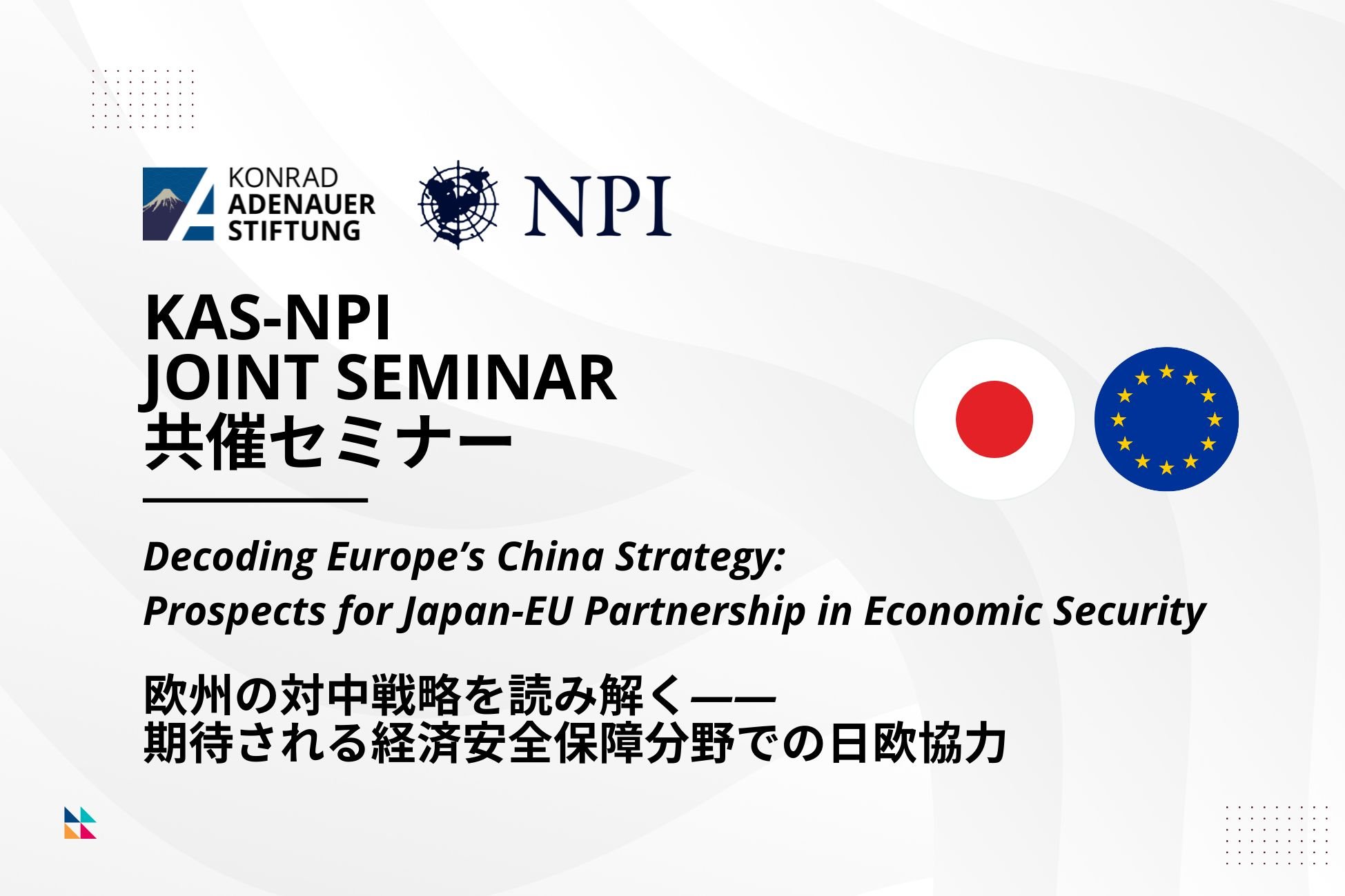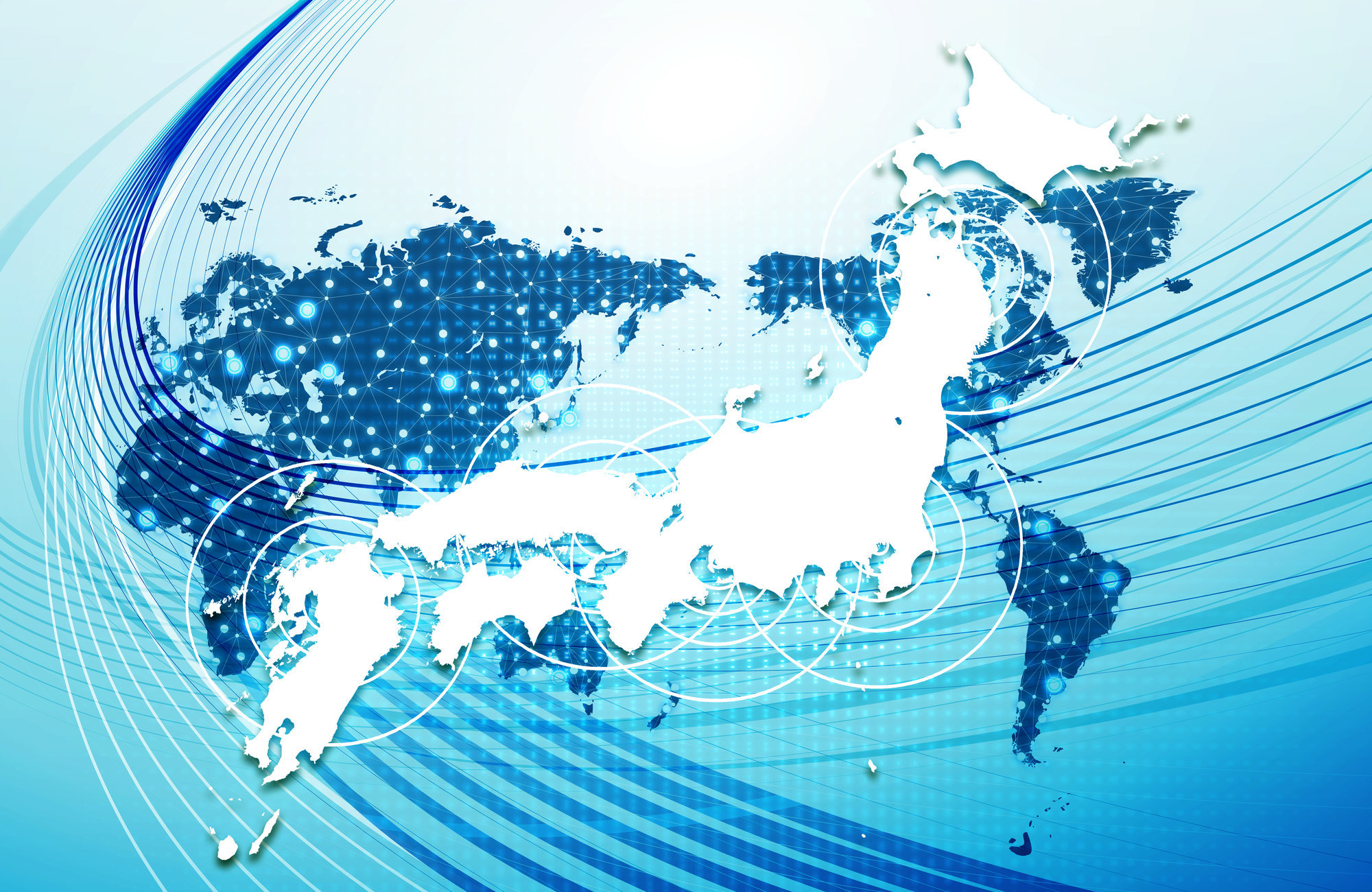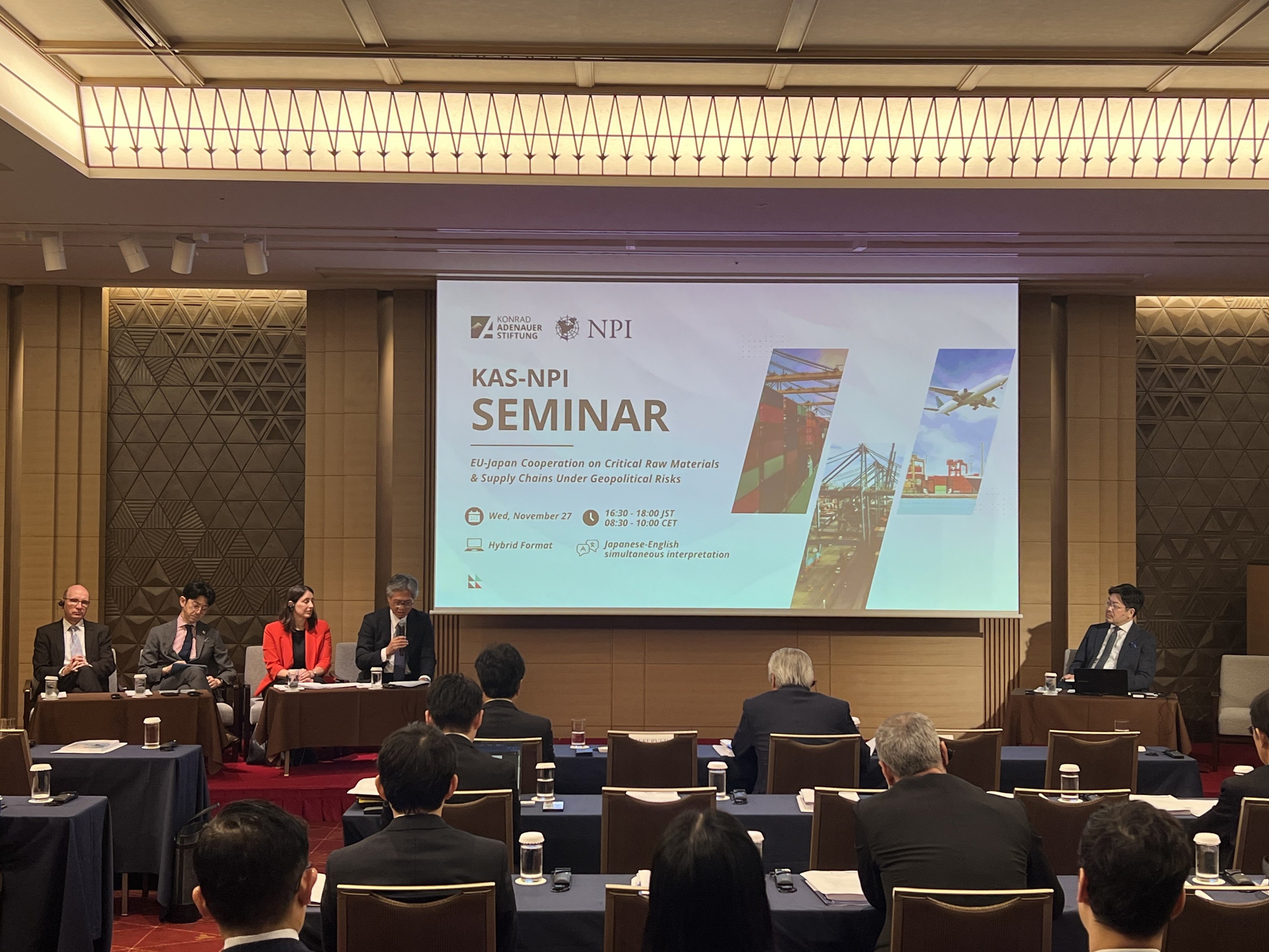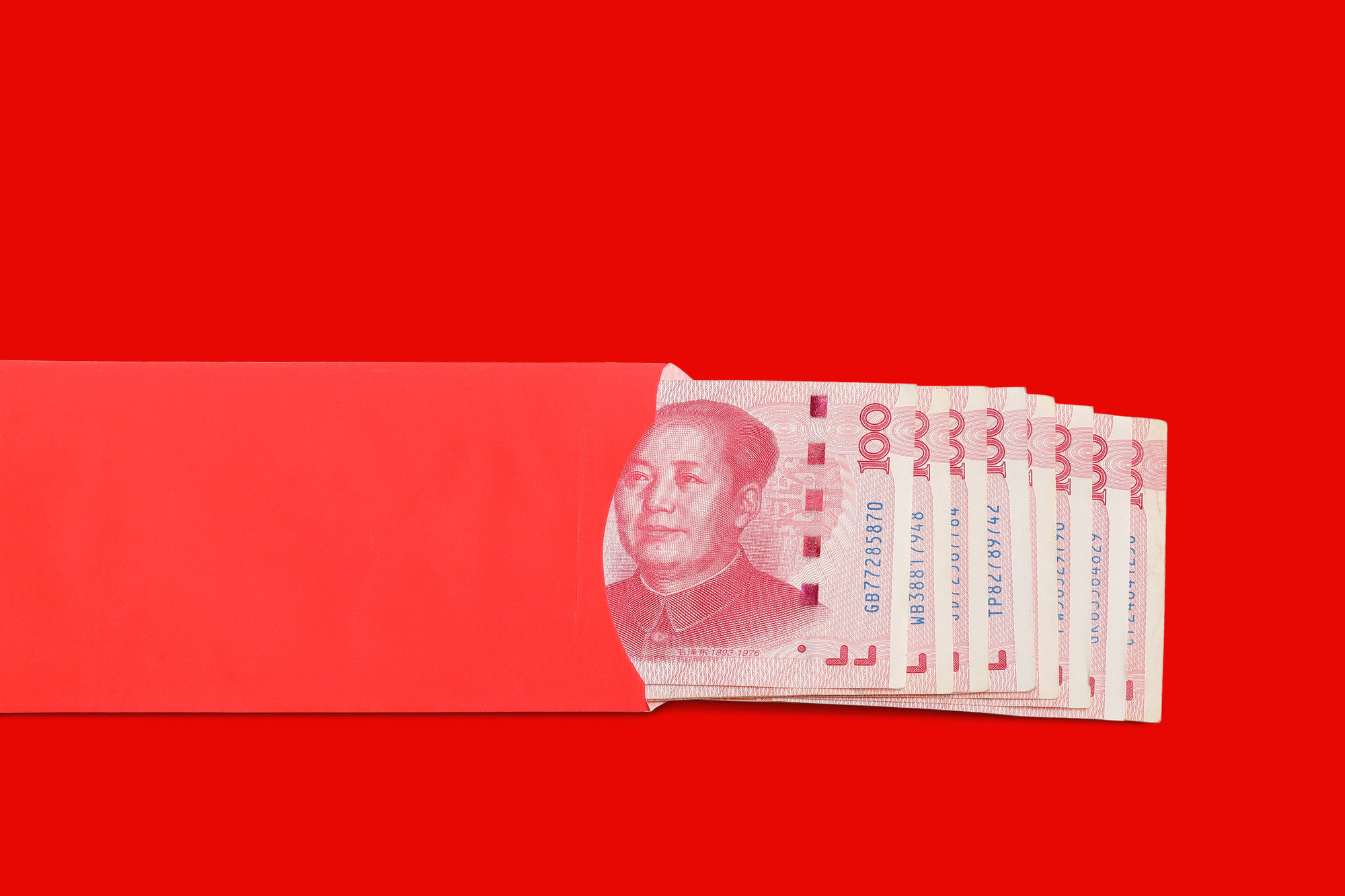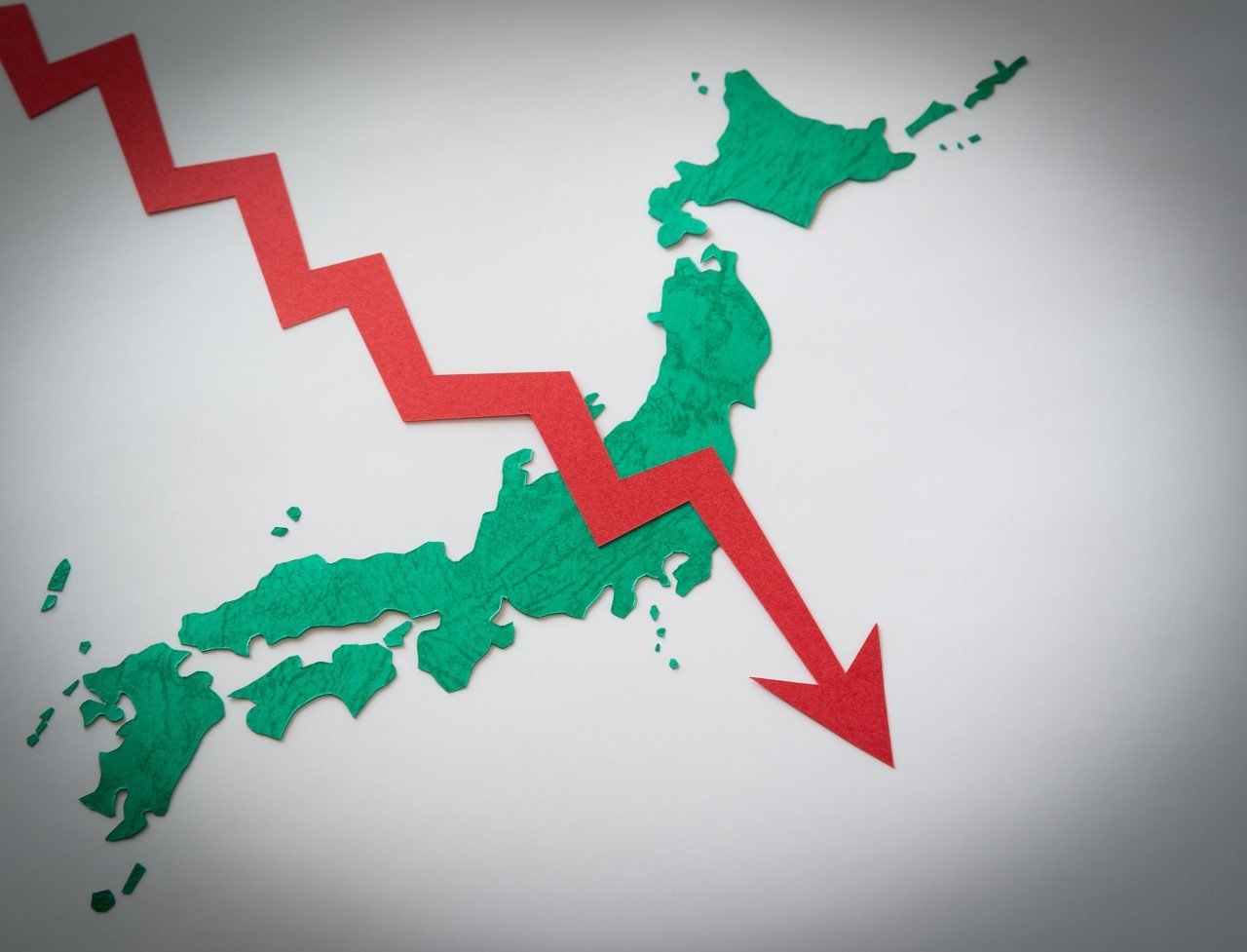2015/12/16
No. 221: Masayoshi Honma, "Creating New Opportunities for Japanese Agriculture via the TPP and Export Promotion"
A final accord has been reached on the TPP Agreement aimed at establishing rules and regimes that facilitate new globalization in investment, finance and other sectors, and the fact that this accord has been achieved is of great significance for the Japanese economy as a whole. There had been concerns within Japan about the impact that reducing/removing tariffs on agricultural produce would have on domestic agriculture, prompting calls for five key commodities in particular to be excluded from any tariff reductions.
The text of the Agreement contains new stipulations on market access for rice but no tariff reductions at all, while the tariffs for the other commodities will be gradually reduced over periods ranging from 10 to 20 years, averting any serious impact. Indeed, Japan has already experienced imports of foreign agricultural produce at prices 30% lower than today's back when the yen was stronger two years ago.
Reductions of rice tariffs should also have been placed on the schedule to prompt structural reform in Japanese agriculture. Tariffs on US automobiles are to be reduced or lifted over the next 25 to 30 years, so a request should have been submitted to reduce/eliminate tariffs on Japanese rice over a similar period. Had this been done, a structural reform roadmap toward this goal could have been prepared and efforts launched to improve productivity in rice farming.
At the same time, the elimination rates for the tariffs imposed by TPP members on agricultural, forestry and fishery products from Japan are extremely high, with an average of 84.5% of tariffs to be lifted immediately by the other 11 countries and ultimately 98.5% of the tariffs to be removed altogether. For example, tariffs on beef, a commodity that Japan is seeking to export in greater quantities, will be lifted immediately in Chile and Peru (for thin-sliced roast beef), in the third year in Vietnam, in the sixth year in Canada, and in the 10th year by Mexico. The US' inside-quota tariffs on beef from Japan will also be removed immediately, with the present quota of a mere 200 tons swelling to 6,250 tons. Outside-quota tariffs will be eliminated in the 15th year.
Tariffs on Japanese rice are to be eliminated in Vietnam immediately, in the US in the fifth year, in Chile in the eighth year, in Mexico in the 10th year, and in Malaysia in the 11th year. Although it will still be some time before Japan begins full-scale exports of rice, this tariff reduction/removal will hasten that day.
With Japan's domestic markets shrinking as a consequence of a declining birthrate and an aging population, Japanese agriculture has no choice but to expand into overseas markets in search of new opportunities. Numerous surveys have shown that the quality of Japan's agricultural produce is highly regarded abroad, but consumers are at the same time frustrated by the high prices demanded for this produce. The export strategy Japan should adopt is thus clear: cut costs without reducing quality to provide Japanese produce at reasonable prices.
It is especially important to ensure that this produce is offered at price levels suited to the purchasing power of the middle-income group known as "the volume zone." These consumers do not need Matsuzaka beef or Kobe beef. An "all-Japan" strategy should be pursued of selling Japanese beef under the "Japan" brand.
The Japanese government has set a target of doubling agricultural exports to 1 trillion yen by 2020. It is also implementing an "FBI Strategy" that seeks to promote "Made From Japan" and "Made By Japan" to complement its "Made In Japan" campaign. In other words, Japanese agriculture is looking to move forward by encouraging the use of Japanese food products overseas ("From"), the expansion of the Japanese food industry overseas ("By") and the export of agricultural produce from Japan ("In").
Washoku has been added to UNESCO's Intangible Cultural Heritage list, and this offers a chance to expose a greater number of people worldwide to Japanese cuisine and Japanese produce. Along with Japanese sake, which is already quite popular abroad, Japanese food products are enjoying higher demand. The TPP will undoubtedly give this a further boost, so it would be sensible for Japan to steer agricultural policy in the direction of globalization.
Masayoshi Honma is Professor of Agricultural and Resource Economics at the Graduate School of Agricultural and Life Sciences, the University of Tokyo.
His previous appointments include Professor of Economics at Seikei University, Tokyo, and Professor at Otaru University of Commerce, Hokkaido. He was President of the Agricultural Economics Society of Japan 2010-12.
The views expressed in this piece are the author's own and should not be attributed to The Association of Japanese Institutes of Strategic Studies.


